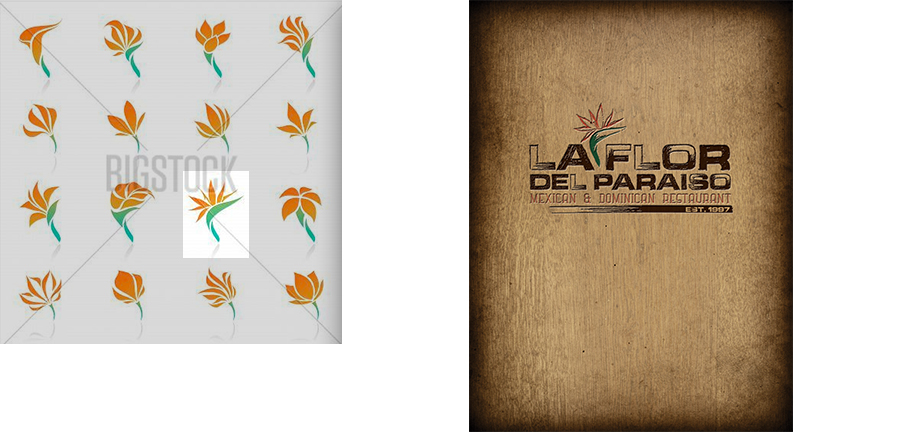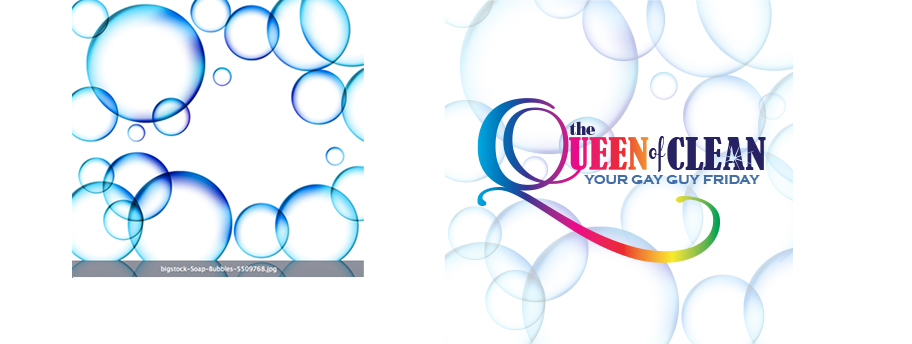
Written by Guest Contributor, Jessica Furst.
If you’re reading this post, then I’m guessing you’re a bit like me. You’re a designer. You’re dedicated to making your clients happy. And, you’re completely aware that businesses are like budgets: they come in all sizes. Here are some budget-friendly ideas to help keep you and your clients smiling.
Tip 1: Sign up for the free stuff.
Every week I get emails from Bigstock & Shutterstock with links to download free images. This is very handy, as I am registered with other photo agencies, but tend to forget to go every week, so that kind of ‘free-dom’ is temporary.
Right now, I don’t have a subscription, and I purchase images as I need them with credits at Bigstock. A great thing about amassing a collection of royalty-free images is that when you use it in a sketch to show a client, you don’t have to go back and spend time refitting the high-res version into your art. You won’t have to spend any of your hard-earned money, either.
When at all possible, alter the stock photo or vector you are using. Why? It’s royalty-free. Make it your own. Then use it again (and again) as needed. The image below is an example of a simple yet effective treatment I made on a recent free image.

only change is that the colors have been adjusted to fit the client’s
brand palette. Not a big transformation from the original, but with the
right crop and type treatment, you can turn a stock image
into a client’s brand image.
Tip 2: Know Your (Image) Rights
Is your client a corporate giant who may ultimately turn your artwork into a magazine ad or webpage? Are they a local store or an individual trying to recruit more neighborhood business? You always want to make sure you’re using the appropriate type of image for your project when you begin.
Take 10 minutes out of your day and read the license agreement. I know, fine print can be rough, but getting sued is worse (and it does happen). Stock sites have actually made it pretty easy to understand. Below is an example of working conceptually with stock, while playing by the rules.

I wanted the image to feel happy for spring and also accent the “mini”
version of the product. I am the creative director for Jao Ltd, and have
been working for them for many years. Thinking conceptually with images will also help save your client some expense. Candy doesn’t always make sense for haircare, but it emphasizes the size of the product versus the product itself.
Let me simplify the Bigstock royalty-free licensing a bit for you:
- Never sell the actual image. It is not yours to make a profit on.
- You can use any royalty-free image on a website or in mass email, but not for spam, nor for sensitive or “adult material”.
- The combined print run of all products/projects, in which the same image is utilized, cannot go above 250,000 to be covered under the Standard license.
- If the image is on a product for sale, you’ll need to purchase an Extended License.
Basically, be sure to at least skim the licensing info if you’re unsure, or give the Bigstock support team a call. They’re really friendly and helpful. Better safe than sorry!

purchased one of my favorite cost-saving stock inventions: the
multi-image image. These are super-handy for using on multiple projects,
even if it’s just for reference. I prefer to create my work in vector,
so I converted the particular flower I wanted to use (highlighted), and
then altered it to create a flower with the look and feel of the
restaurant.
Tip 3: Stay Inspired.
Tip 1 + Tip 2 = I always look for ideas in my free stuff first. This is especially great for local business projects with smaller budgets. When I’m searching, I keep the personality of the business in mind. The image doesn’t have to be a perfect literal match -that’s why the design gods invented Photoshop and Illustrator. Get creative. Think conceptually. Experiment a little.
When you are starting a new project, go to a stock site and search. Search for what you need. Or, just search for things that inspire you. Inspiration is a great place to start. My ideas tend to come from just looking around. Like right now, I’m looking at a frog and thinking, “Yes! A pig will be perfect!” (Ok, so I have a stuffed Kermit the Frog puppet on my desk, but you get the point).

and friendly. So the signage incorporates the rainbow
with a flashy Q . I then remembered the free bubble image from Bigstock,
which I incorporated into the branding which adds an upbeat, fun background.
In conclusion, if you have budget-conservative clients, or just like to make things for your friends, be sure to stock up (pun intended) on the free stuff. Always check the licensing on the imagery you decide to use to save yourself time and money down the line. And remember, inspiration is always free. Have fun!
Jessica Furst is a designer for “aging rockstars, neighborhood businesses, and corporate giants.” Jessica specializes in event materials, promotional and package design, small business branding, and concept development. She is the founder of Furst Impressions Design in Brooklyn, NY. Visit her biz at www.furstimpressions.com.

